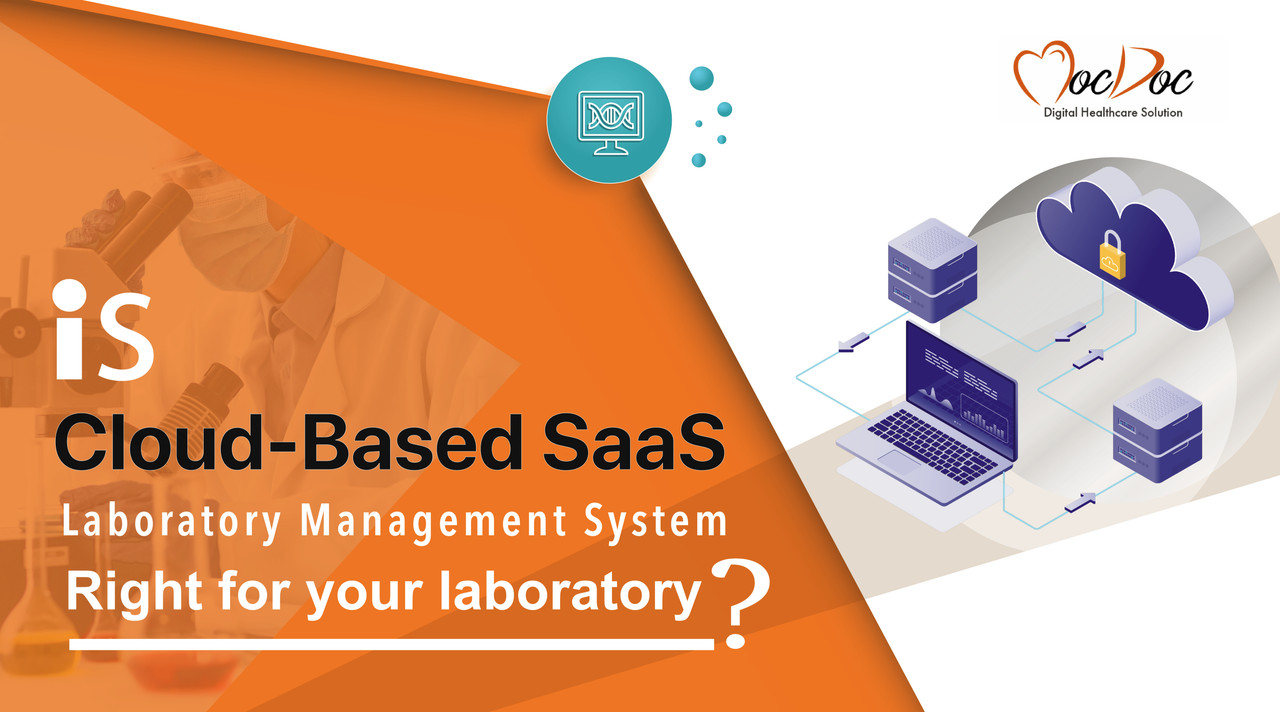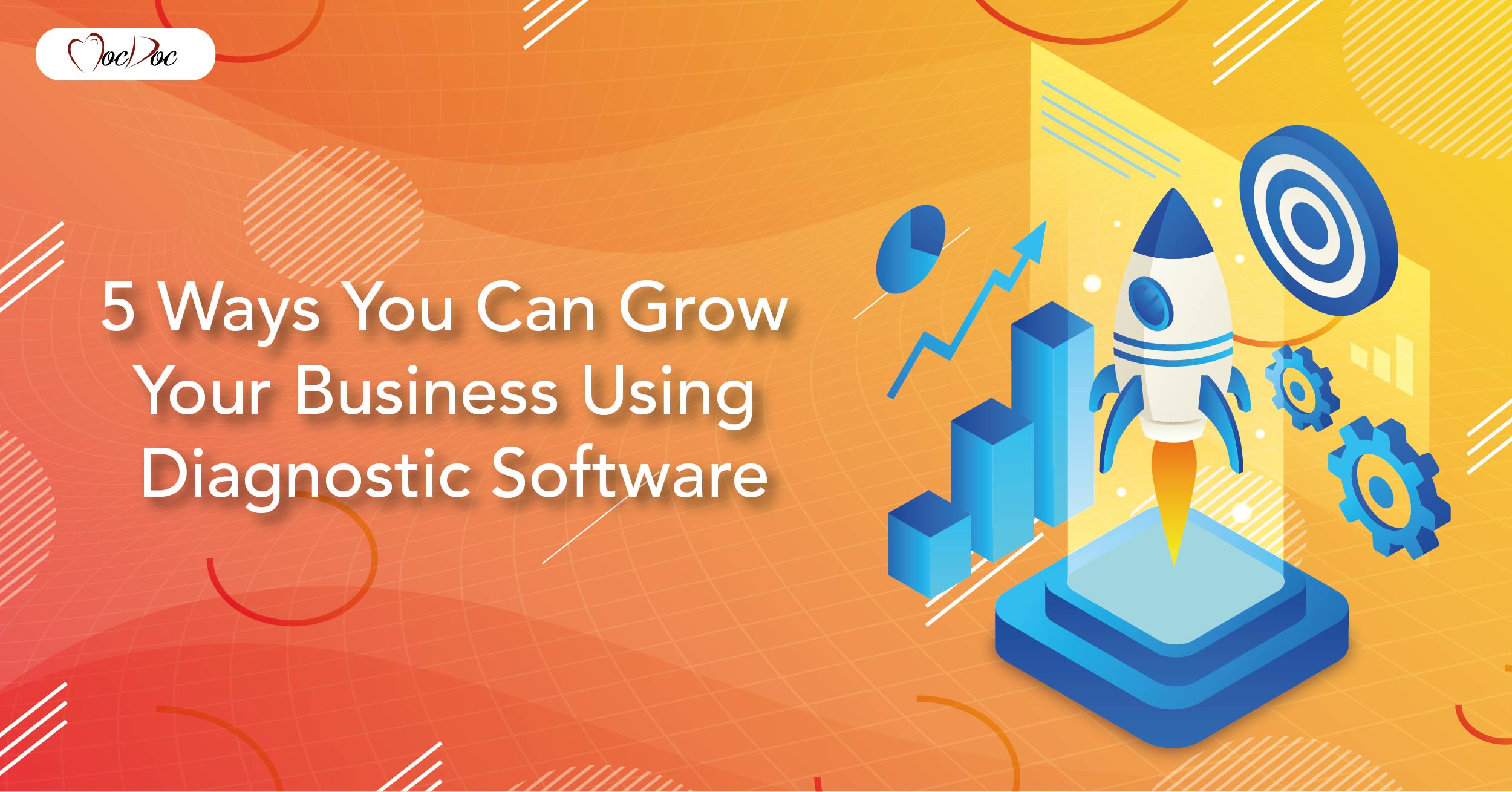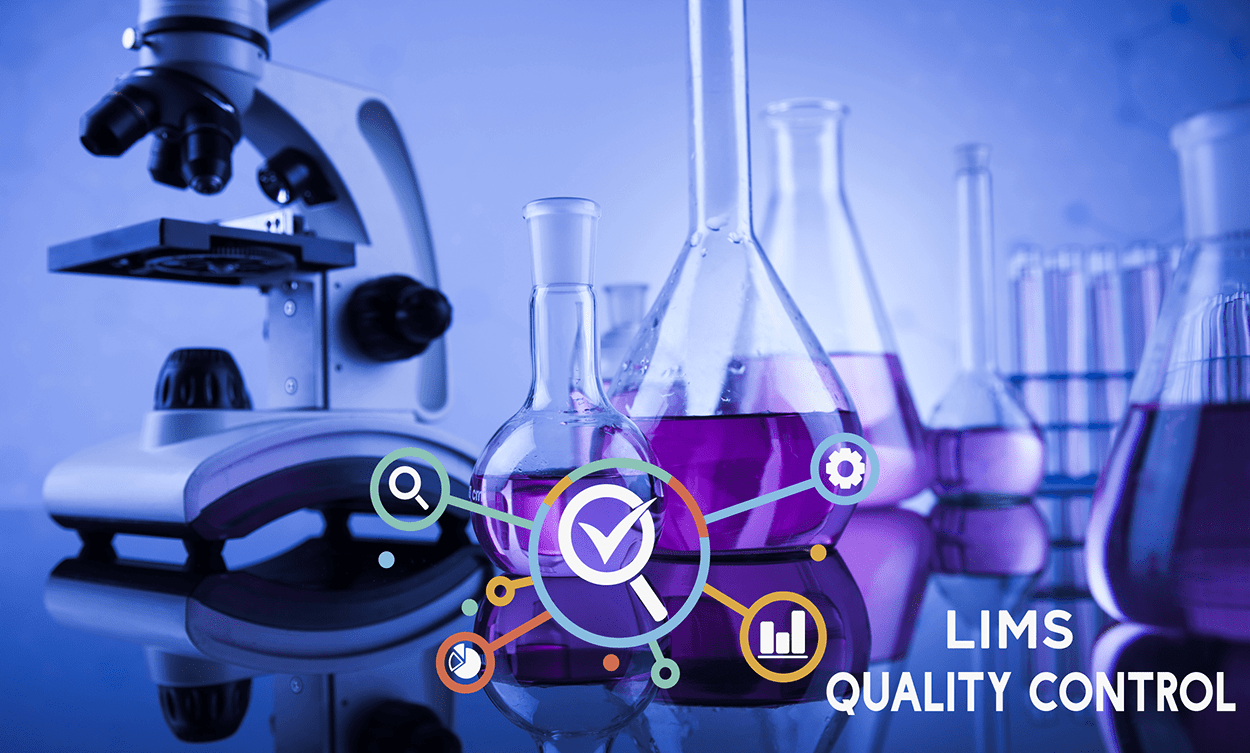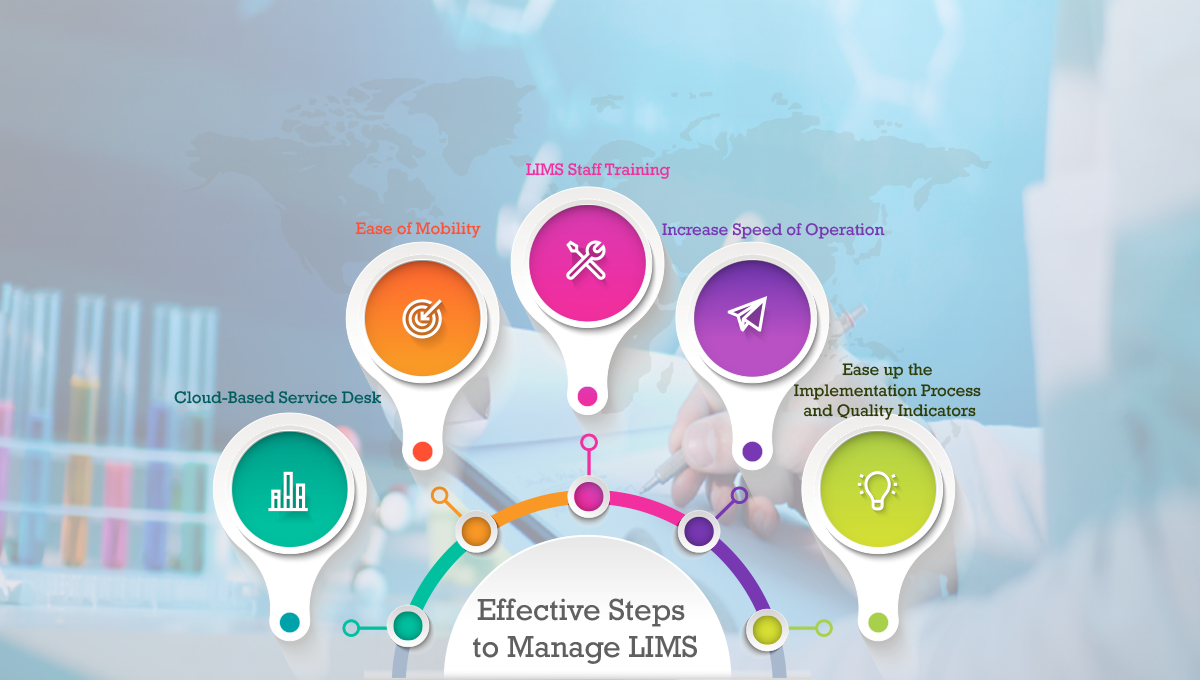MocDoc's Offerings
Is Cloud-Based SaaS Laboratory Management System right for your laboratory?
Published By
Sanjana
2019121012:33:42
Category LIMS

In every industry, modern laboratories are under pressure to enhance operational efficiency, decrease costs, control regulatory compliance, and improve quality. Apart from this, the rise of CRO (Contract Research Organization) and R&D externalization strategies in the industry of pharmaceuticals has led to laboratories gathering enormous data from different partners, preceding a significant increase in the complexity of lab workflow.
LIMS (Laboratory Information Management System) and informatics Solutions are being used in the pharmaceutical industry to meet these challenges. The main reason why cloud-based LIMS is preferred is due to its advanced features like
● Decreased cost,
● Automatic software updates,
● Disaster and backup recovery services,
● Rapid implementation of LIMS,
● Flexibility,
● Security,
● Accessibility,
● Collaborations.
One of the successful Laboratory solutions and laboratory report software used by most users is SaaS. Let's explore the SaaS in depth below.
What is SaaS?
SaaS(Software as a Service), is one of the software distribution models and types of cloud computing like IaaS and PaaS. The third-party provider hosts the program rather than downloading and installing the software to run on your PC. Once the software is hosted, it's accessed over the internet by users via a web user interface.
Why SaaS, a cloud-based LIMS, is perfect for your lab?
SaaS, pathology management software provides plenty of excellent benefits that make it the preferred option of every lab. According to the Forrester Research Inc. survey held last year, 15% of SMB (Small to Medium Businesses) and 16% of the larger organizations make use of SaaS. Compared to the previous year's research, the larger enterprise has seen a 33% increase in the Usage of SaaS. Considering the smaller enterprise, they have seen a 50% increase in SaaS. Below are some reasons to state why Cloud-based LIMS is the right option for your laboratory.
Hosting Options:
Few providers provide the private cloud option that can host within your facility. The private cloud option offers different SaaS LIMS benefits but with fewer security risks. A cloud is public; either it can be private, single-tenant, or multi-tenant. It's easier to validate the single-tenant cloud when compared to the multi-tenant as they are less prone to intrusion or data leakage.
Data Integrity and Audit Trails:
A permanent audit trail is vital for addressing different concerns in data integrity, both from the perspective of product and regulatory quality. You need to ensure that your SaaS LIMS holds a detailed and reliable audit trail for every piece of information. You also need to make sure that the data is maintained continuously on the various servers rather than on the data itself.
Apart from that, you need to ensure that your provider has set their system default to store a completely reliable and flexible audit trail. It also controls the network logs and detailed server. It offers data center third-party auditing insurance. You need to ensure your SaaS LIMS is capable of integrating with the other informatics systems and with your instruments.
Service Level Agreement:
You must develop a Service Level Agreement with your provider who will be able to address all of the above-concerned areas and more. A Service Level Agreement that is well written is capable of making the variation between a smooth execution & roll out of your SaaS time overruns, cost, and a few of the unexpected expenses incurred.
Security:
When dealing with a SaaS Laboratory Management System, you will depend upon your providers to secure your pieces of information as it is going to be stored in the cloud. Almost every cloud service provider offers excellent security for your valuable data.
Even though the data breach risk is less, few organizations that belong to heavily regulated areas hesitate to enable their information to move away from their firewall. Make sure you have evaluated the policies of your security thoroughly. It means you have your data secured adequately before working with SaaS LIMS.
Validation:
The important compliance responsibility with every regulation resets with the service provider or manufacturer. Most of the vendors advertise these cloud-based SaaS LIMS as a prevalidated system. But this refers to the network of cloud providers. You need to ensure that you get clear about the meaning of the prevalidated system by the vendor. Also, you need to know what scope is covered so that you can know your system is executed in the right way in the user environment.
Apart from that, SaaS LIMS cloud providers handle every clinical laboratory software patch and upgrade. It ensures that you utilize the system's recent version. You need to understand who should manage revalidation once there is an upgrade or patches take place.
Business Continuity:
You need to understand how data recovery and backup can be handled, and also explore who is the reason and responsible for it. The details of the guarantee like service, response time, hardware, uptime, etc. provided by the provider should be stated clearly in the SLA (Service Level Agreement). Apart from that, the Service Level Agreement should contain the details of recovery and backup services that are included. Also, it should hold the cost incurred by exploring a few of the optional services.
System Failover:
There can't be anyone who didn't use Google. For instance, what will happen in case a rogue asteroid crashes into the server farms of Google? Nothing happens. Airtight failover technology and Mirrored servers indicate that the news service will display the crater's aerial photos, which once acted as the server farm. High availability and uptime are included in the terms & conditions of the cloud deals that are negotiated in any form.
Instrument Interfacing:
The complexity of the SaaS LIMS is challenging. Private, hosted, and On-Premises cloud LIMS is capable of handling instrument interfacing in the same manner. It is difficult to understand the SaaS LIMS cloud providers' ability, track record, and philosophy when you deal with the instrument interface.
Economics of Scale:
SaaS LIMS cloud providers provide you with more or less due to the technology's specialized use. As many customers utilize identical resources at the same cost, data centers, are slashed, and then the savings are passed to the customer.
Bottom Line:
In the past few years, technology providers have developed cloud-based SaaS LIMS based on market demand. SaaS LIMS enables to facilitate enhanced scalability, agility, innovation, and connectivity across the lab environment. It helps to increase efficiency in operation as well as decrease cost. The decision to make use of a cloud-based SaaS LIMS will be taken into step by a mix of various concerns like regulatory, operations, and security. The best way to ensure that your corporation benefits the higher from a SaaS approach to a laboratory information management system is to work with a top-notch informatics consultant.
Related Articles
5 Ways You Can Grow Your Busin...
Leveraging Diagnostic Lab Management Software for ..... Read more
Using LIMS for Quality Control...
Keeping up with the fast-evolving world of trends ..... Read more
5 Effective Steps to Manage LI...
Effective Steps to Manage Laboratory Information M..... Read more



